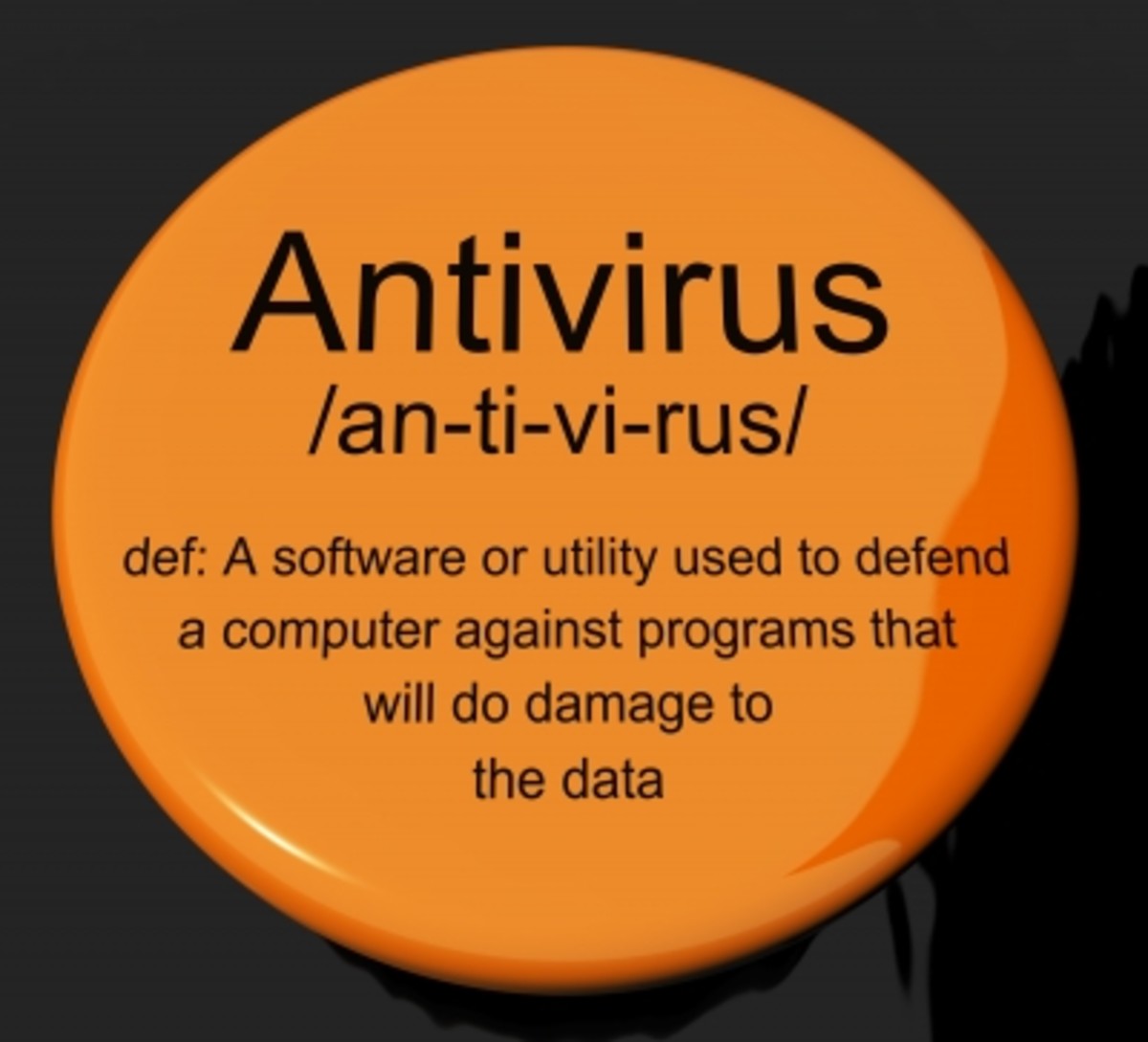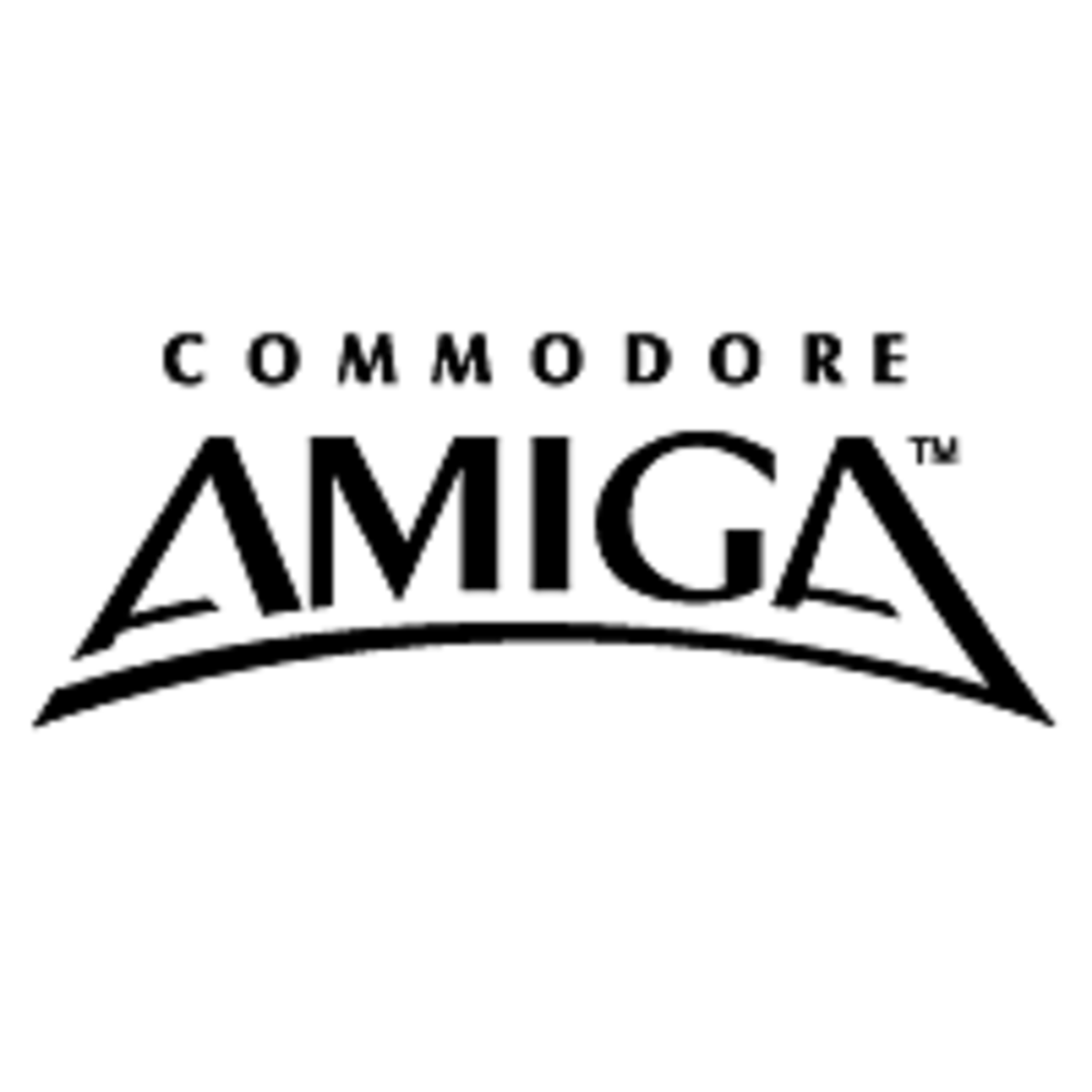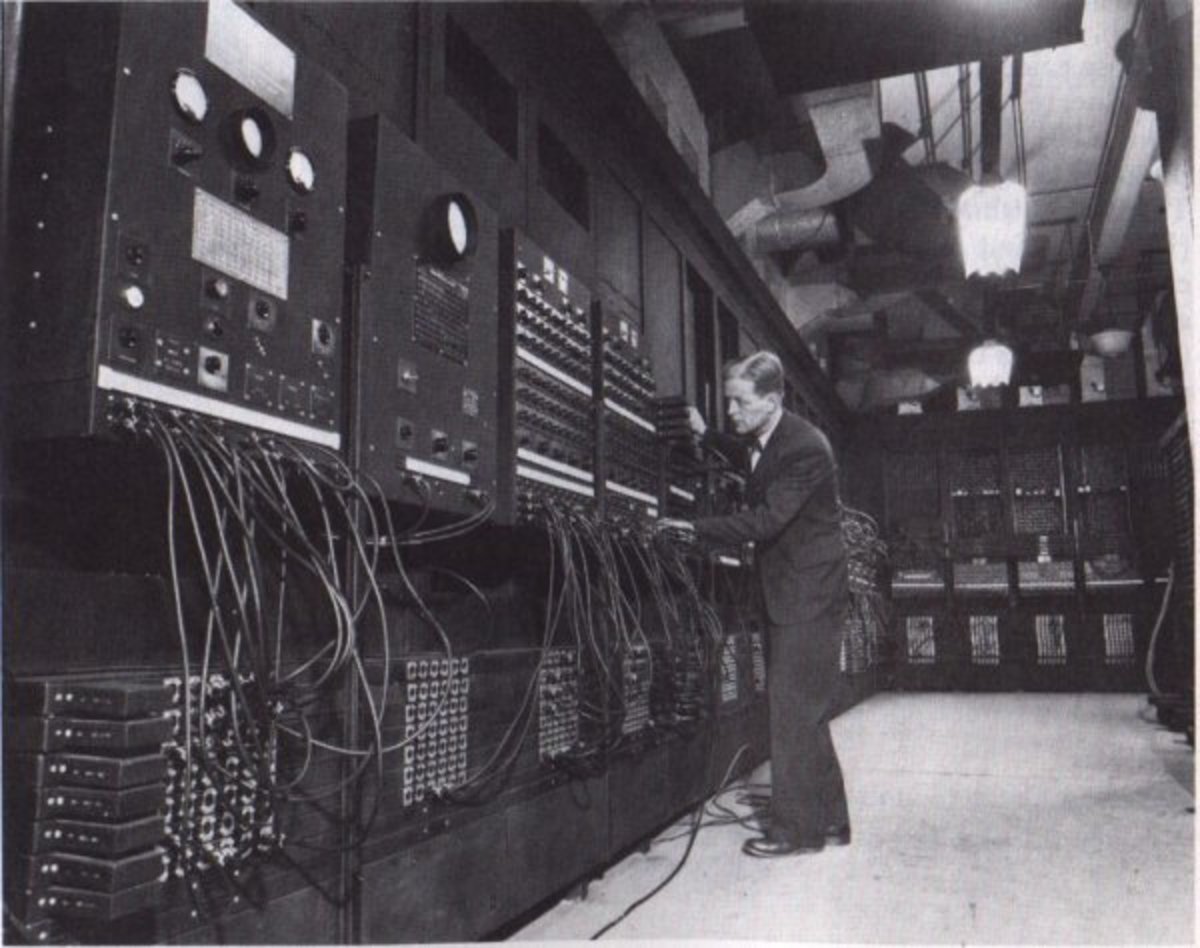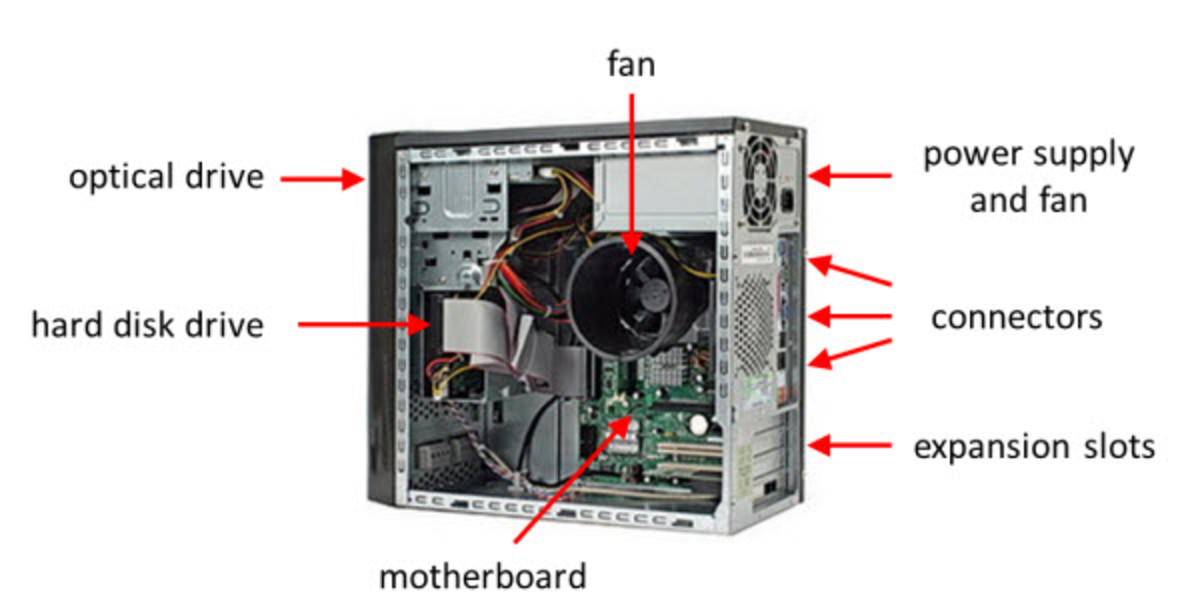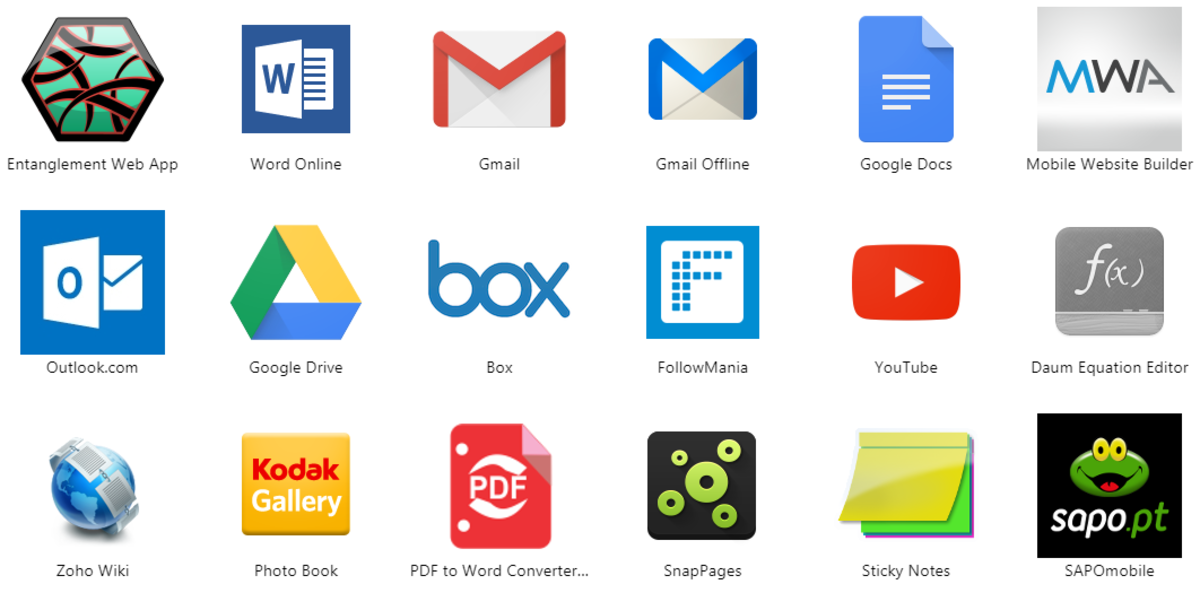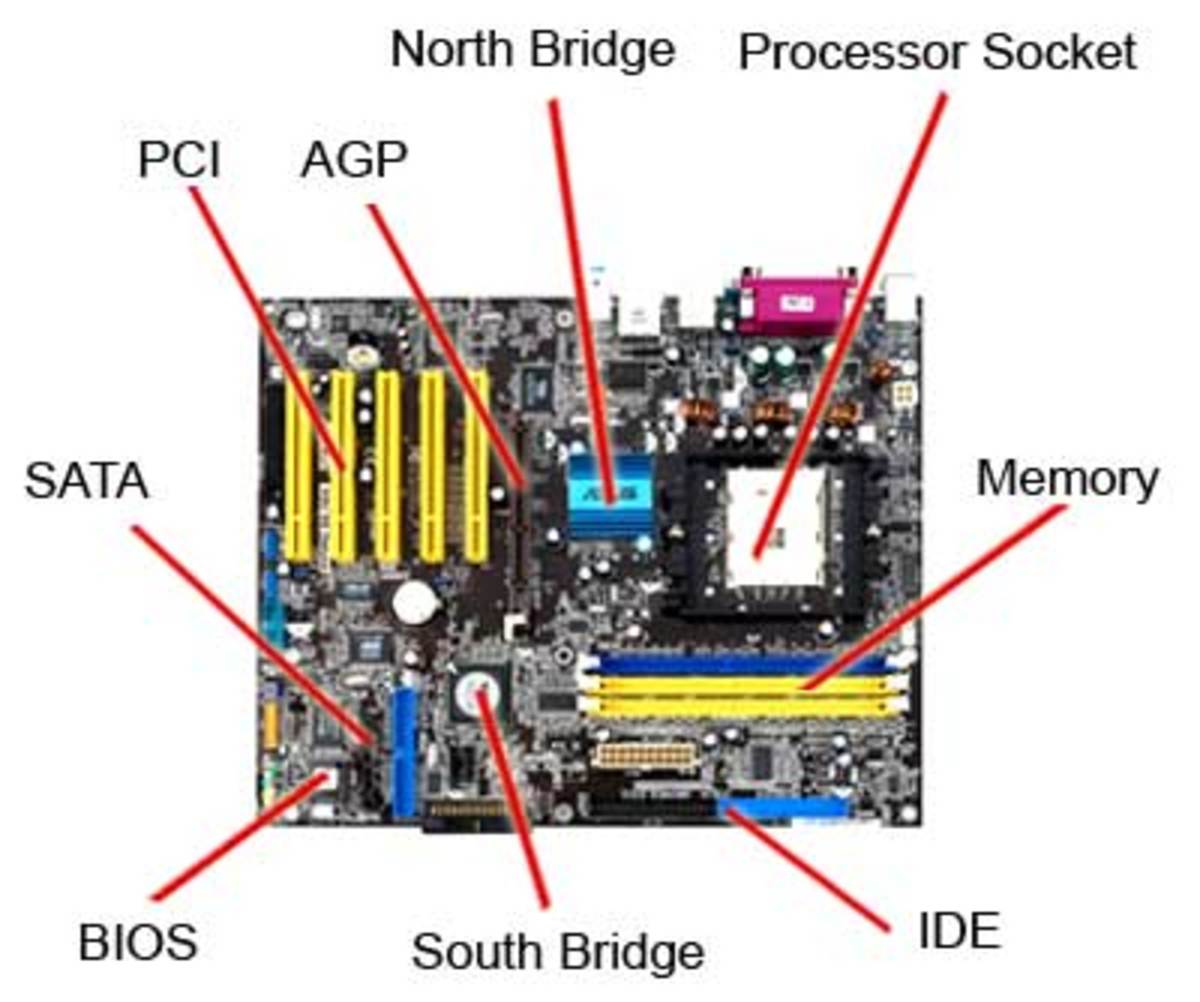A Brief Subjective History of Computing-Part 1 - The Personal Computer
Early 1900s:
Dayton, Ohio: Thomas Watson, star salesman for NCR, returns from a business trip to find his desk in the grass outside the building. Taking the hint that he'd been fired, he recovers his dignity and joins the company that would eventually become IBM.
Watson builds IBM into an international powerhouse. He demonstrates compassion for his employees, building housing for factory workers and sending flowers to employees unfortunate enough to be hospitalized. He trained his salespeople to adhere to a strict code of ethics. His company sold huge mainframe computers that brought in huge profits. Governments purchased his machines for calculating census results, simulating atomic reactions, and tabulating weapon trajectories. Each mainframe required teams of scientists to keep it healthy. Computing was not yet ready for the masses.
1970's:
Bill Gates, a young and ambitious college dropout, negotiates a deal with IBM to provide operating system software for Big Blue's new line of Personal Computers. IBM representatives found themselves in a tricky situation; they had a hardware platform but no suitable operating system to drive it. IBM upper management was skeptical of selling computers for use by individuals. Their primary business centered around mainframe computers that cost millions of dollars and supported thousands of users. Profits on tiny desktop computers seemed minuscule. Gates and Microsoft came along at just the right time. Gate didn't actually have an operating system to sell, but he was savvy enough to know where to purchase what he needed. He struck an historic deal with IBM that would launch Microsoft into the stratosphere of computer companies. Gates convinced IBM to pay him a royalty on every PC that they sold, regardless of whether the system included an operating system or not. IBM needed a quick home run to convince the top brass that PCs were viable; they probably hoped to abrogate the license agreement with Microsoft after they established their PC brand.
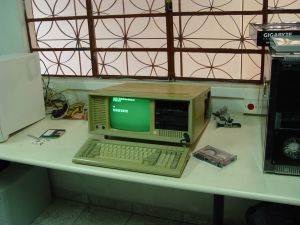
1980s:
IBM watches its' PC business dwindle. The IBM platform, while not particularly high-tech, was easily duplicated. IBM engineers had wisely used off-the-shelf parts to implement their original design. Their software license agreement with Microsoft permitted Gates to sell his operating system to other PC manufacturers as well. IBM had no exclusivity for DOS. Numerous vendors jumped into the market, spawning a new PC niche referred to as the "PC Clone". Eventually the clones became mainstream, marginalizing the IBM product line. Clone builders innovated. IBM continued to distribute their PC product line using only slightly mainframe marketing techniques.
IBM reacted to the attack of the clones by launching a new brand of PCs called the PS/2 family. PS/2 machines shared almost no hardware with the original PC systems. They were much easier to work on. They could be disassembled with no tools. IBM was attempting to create a new market for itself. Unfortunately the machines were also much more expensive than the tidal wave of PC clones already on the market. IBM misjudged their potential customers; the PS/2 experienced a short and misunderstood product life.
IBM was able to leverage its' clout with major corporations to keep the PS/2 product line on life support. Home users weren't interested in paying a premium for a computer that wasn't compatible with the PC clone concept. However, Fortune 500 companies were still willing to trust IBM with large contracts for buildings full of desktop systems. IT purchasing agents realized the benefits of big company standing behind their brand.
A popular saying among purchasing agents used to be "No one ever got
fired for buying from IBM." The company enjoyed a stellar reputation in
the mainframe and mini-computer industries. Unfortunately, IBM was never able to adjust it's
business model to properly support desktop computers in the mass market.
Some images may be courtesy of http://www.sxc.hu/


